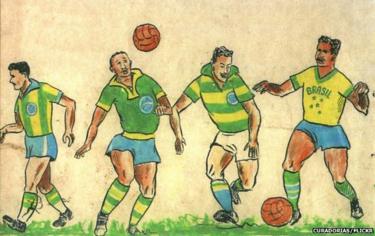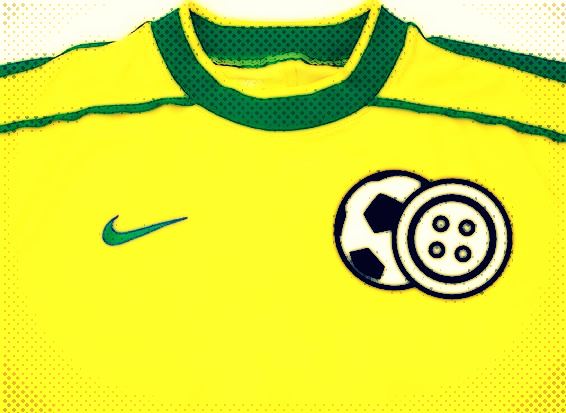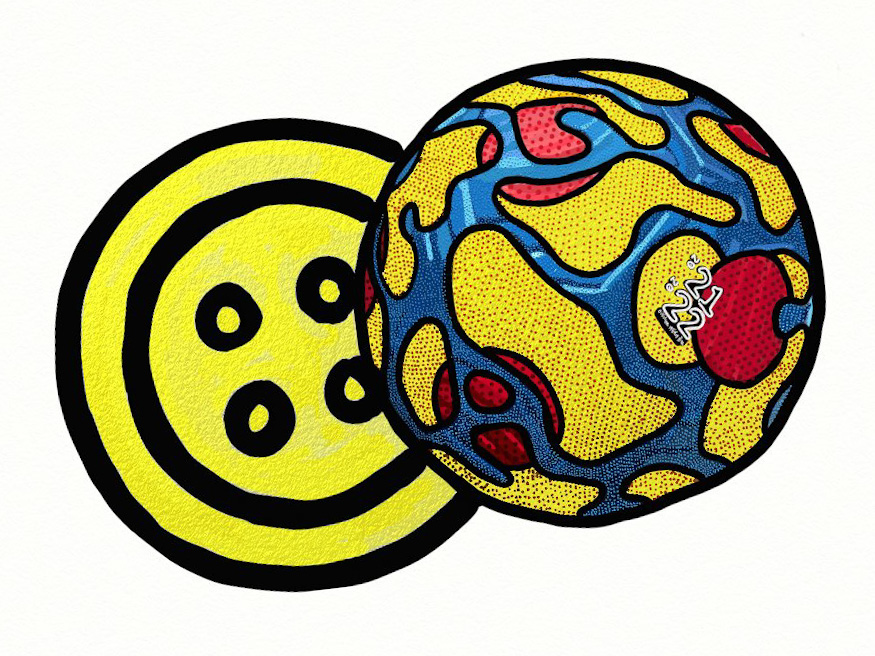You may not know the name Aldyr Garcia Schlee, but there can’t be many football fans on Planet Earth who have not been moved by the work of the man who died earlier this month at the age of 83.
As long as this world of ours keeps spinning, boys and girls will kick footballs around pretending to play for Brazil.
Now imagine that those shirts we visualised ourselves playing in as kids were not yellow.
Imagine for a moment that those images of Pele, Jairzinho, Rivelino, Carlos Alberto, Gerson and Tostao, beamed to homes across the world in glorious technicolor, were of a team in white shirts.

Suddenly, something’s missing from the legend, and those iconic moving images the world took to be the embodiment of the beautiful game are a now a little more drab.
Joga Bonita just looks like everything else.
Each generation forms their own memories of Brazilian football, but anyone who has ever felt their jaw hit their chest at the sight of a spectacular Roberto Carlos free-kick, or marveled at the brilliance of Ronaldo or Ronaldinho, owes a great debt of gratitude to Aldyr Garcia Schlee, the man behind the most iconic shirts in world football.
“COMPETITION”
In 1953, following the country’s failure to win their home World Cup in 1950, Brazilian football needed a change of image.
Schlee, an 18 year-old illustrator from a small town by the Uruguayan border, entered a competition in the Correio de Manha newspaper to design a new kit for the Seleção using the 4 colours of the Brazilian flag.
Brazil had entered the 1950 tournament on a wave of expectation, but having been humbled by Uruguay in the Maracana in the de facto final, the country entered a period of national soul-searching and a move from the white shirts worn in defeat was decreed.

After a design process which took in 100s of possible combinations, Schlee decided the shirts had to be yellow and the colour became a positive and vibrant national symbol.
After winning the $5000 first-prize, Schlee watched on as Brazil won 5 World Cup titles and captured the imagination of fans across the globe, but the designer of those kits had fallen out of love with the commercialisation of the game and the multi-million dollar contracts awarded by sportswear firms seeking to bring the Canarinho colours to a global audience.
Of course fans have memories of Bebeto’s baby-cradle celebration or a teenage Pele juggling the ball through a Swedish defence in Brazilian blue, we just associate the combination of yellow, green, blue and white with expressive, attacking, flair football played by triumphant, smiling players.
Well. Mostly.
The romantics amongst us may lament the passing of the days when supporters in the stadium were the all-important audience for football, but the trade off that began with the advent of colour television, is that our memories of the extraordinary are saved on film and each movement and moment of glory can be shown to the next generation in high-quality.
Yellow may have been worn by Colombia, Sweden, Australia, Romania and Jamaica at the World Cup finals, but none of those shirts can stir the same feelings of joy, excitement, fear and awe like the combination in Schlee’s iconic creation.
For his role in bringing colour to the beautiful game, Aldyr Schlee’s name deserves to be remembered alongside Pele and every other legend of Brazilian football.
Aldyr Garcia Schlee
1934-2018

